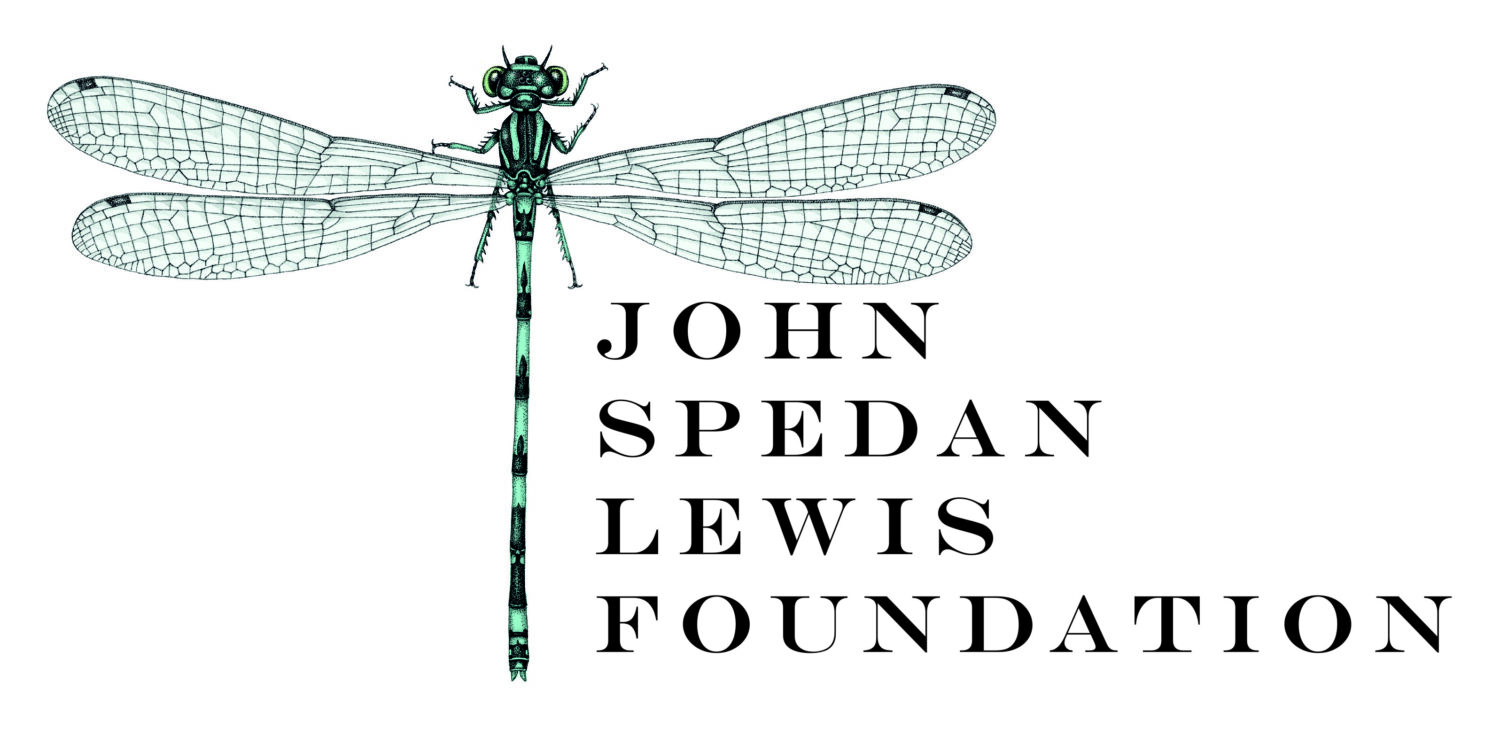Recently, young naturalists on NHSN’s Field Skills Programme, supported by the John Spedan Lewis Foundation, set out to explore spring bees at Netherwitton in Northumberland. Hear how they got on with participant, Vivienne Burgess.
For our first NHSN Field Skills trip, we set our compasses North West to Netherwitten, eventually coming up alongside a winding stretch of the River Font, then diverting down a road aptly named The Trench, to follow one of the river’s daughters, Whelpsly Burn. I watched our movements through my live location on Google Maps, phone service dwindling. The dog walkers seemed confused as to why a minibus full of young naturalists would have come all the way from Newcastle to this unmarked spot. No one had told them this was a great place to see early bumblebees.
The path we walked was lined by a ditch on each side, the grass banks dotted with dandelions of such brilliant yellow – I’d been searching for a handbag in just this colour. Beyond the ditch on one side was broadleaf woodland and on the other, a working pine forest, with prickly gorse growing wild between the uniform rows.
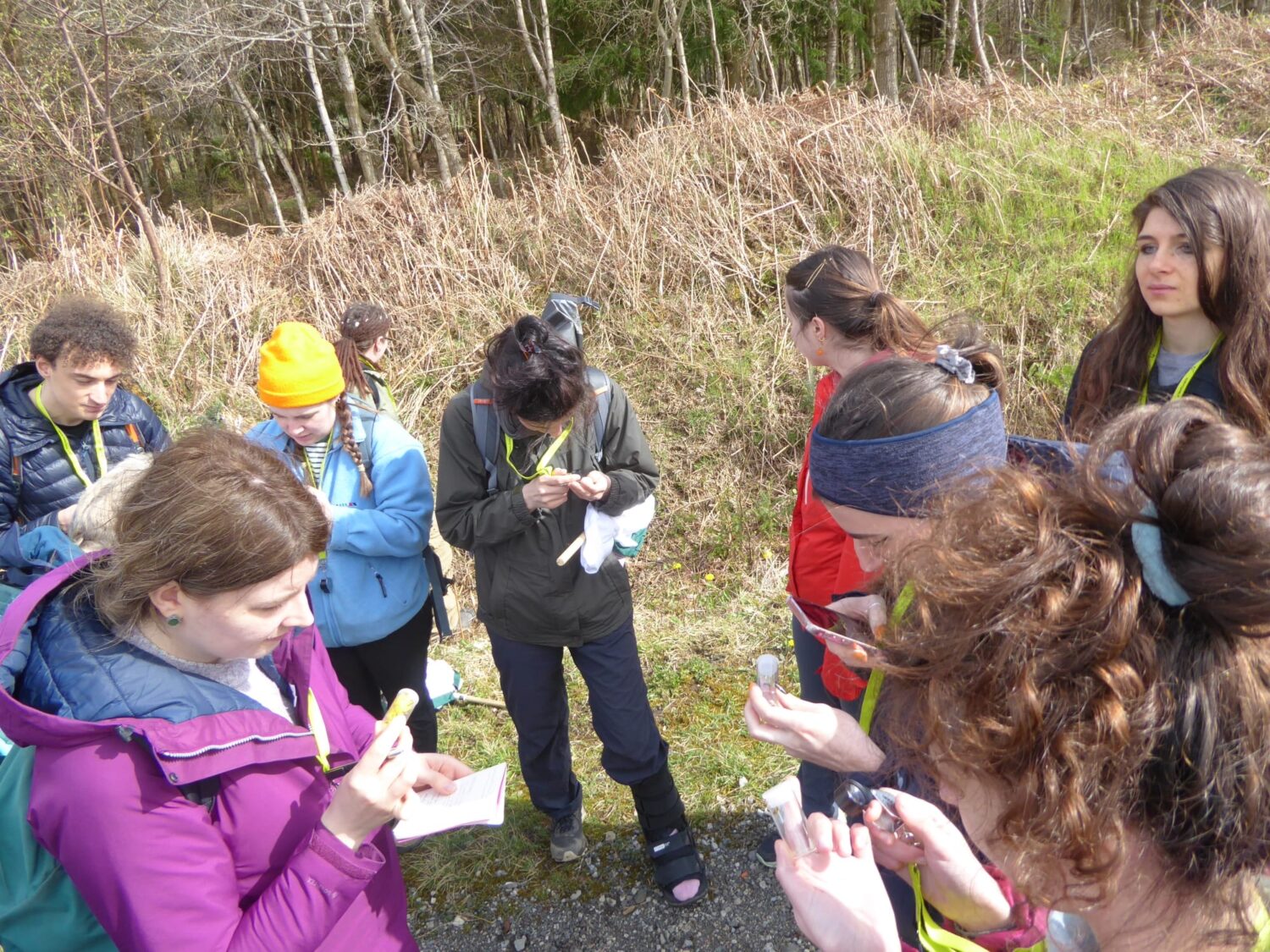
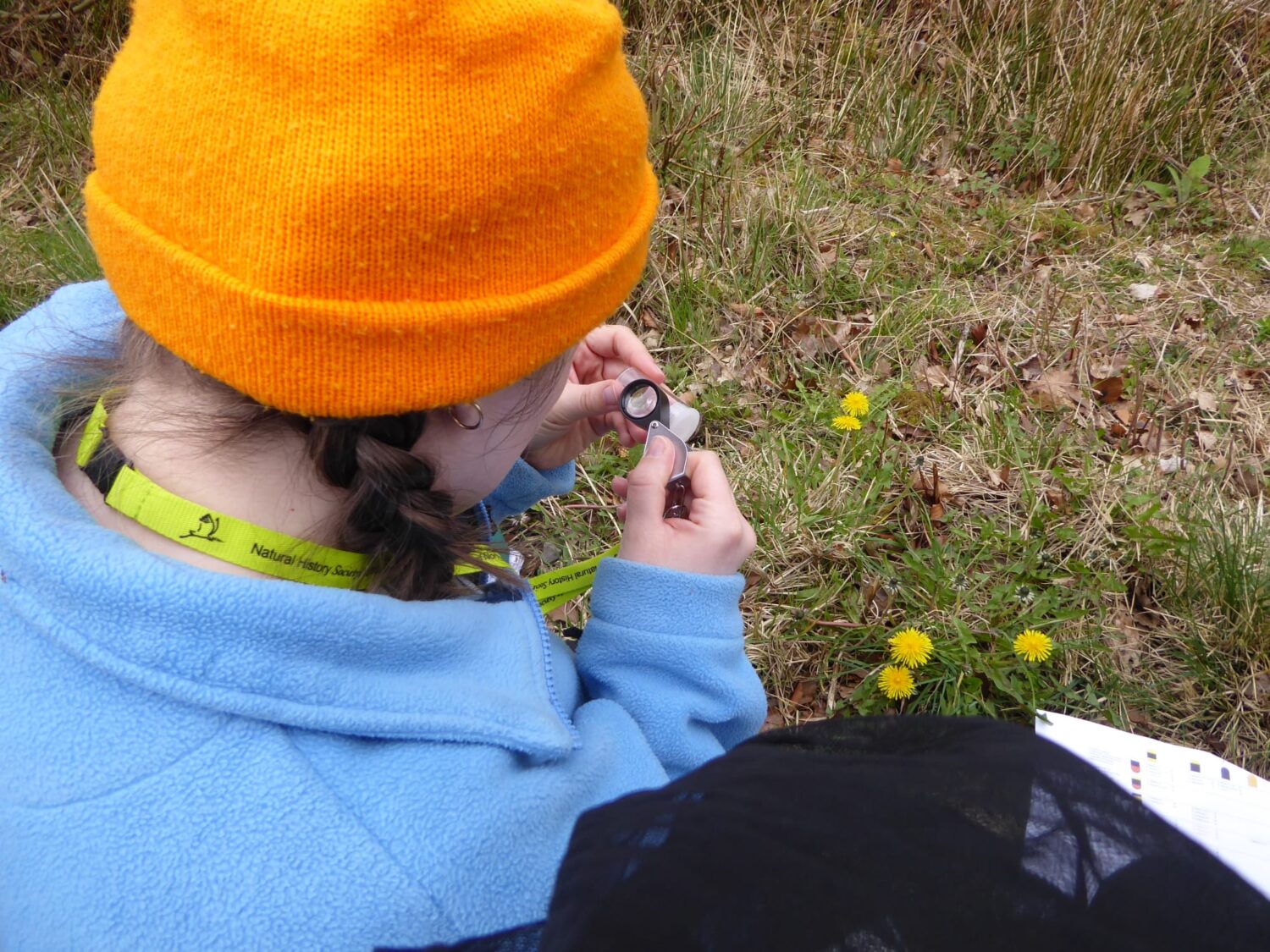
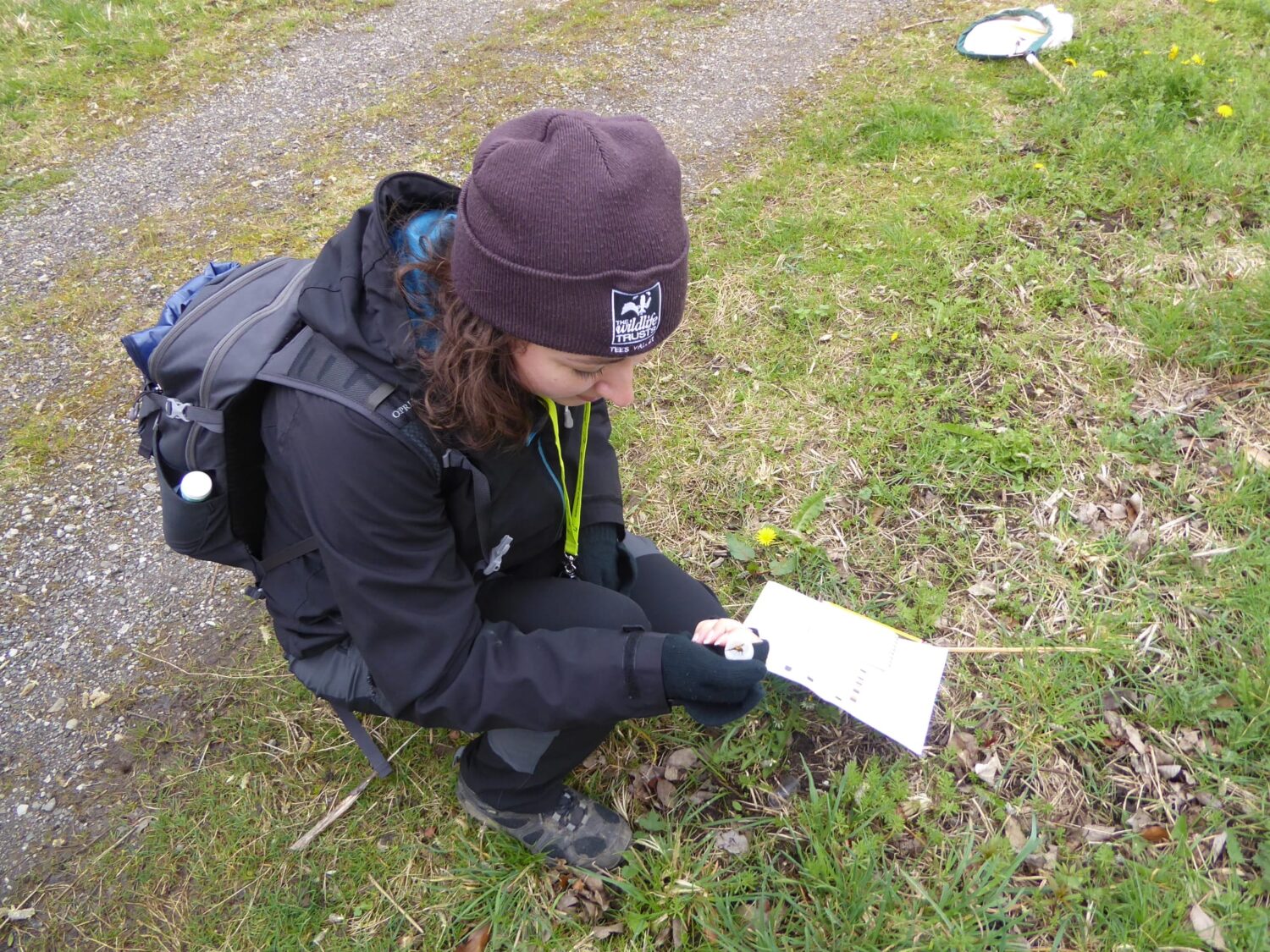
We didn’t have to practise long before our eyes became expert at spotting the bees. The weather was almost perfect, not too warm but warm enough. A slight wind. I felt nervous catching my first one in the glass tube. Would I crush it? Would it feel scared? I pinched off the head of the dandelion along with the bee so it could keep feeding, and comforted, while captive. A bit like putting your cat’s favourite blanket and a few treats in the pet carrier when you’re wrestling him off to the vet.
Louise rattled off the scientific names of everything we found like it was her native tongue. My first catch was a Common Carder, Bombus pascuorum. I couldn’t contain my delight at that word, bombus, Latin for ‘booming’, which describes the bumblebees’ buzzing hum in flight. As a group we went on to collect and identify 18 species of bee, two of which were new species recorded for this site, the Bilberry Mining Bee and the Rufous-footed Furrow-Bee. I had trouble seeing the eponymous furrow on the bee’s abdomen, even with the magnifying glass, until we caught one covered in pollen, which made the furrow somewhat visible.
Like the looking glass was for Alice, our magnifiers were the window into this awesome minute world. We watched tiny peach-coloured mites crawling over the bees’ shoulders. We learned to sex a hoverfly based on whether their eyes were touching (males) or not (females). We strained our pupils counting the bands of pigmented hairs on impossibly tiny bodies. We saw the True bee’s pollen basket glinting in the sun, like a tiny black dagger hanging from her belt. We grinned at each other in wonder.
Louise and Gordon pointed out a small, unassuming plant on the side of the path, an indicator that this area was once part of a sprawling ancient woodland. It was the pale green Townhall Clock, named for its five flower heads each facing a different direction like the faces on a clock tower. Earlier, we had knelt beside a rotten log to take photos of Wolf’s Milk, a bubblegum pink slime mould. My imagination flickered with the fairy tales and folklore that must be associated with such a name… But we had to go and decimate all our ancient woods. Wolves no longer wander the British Isles.
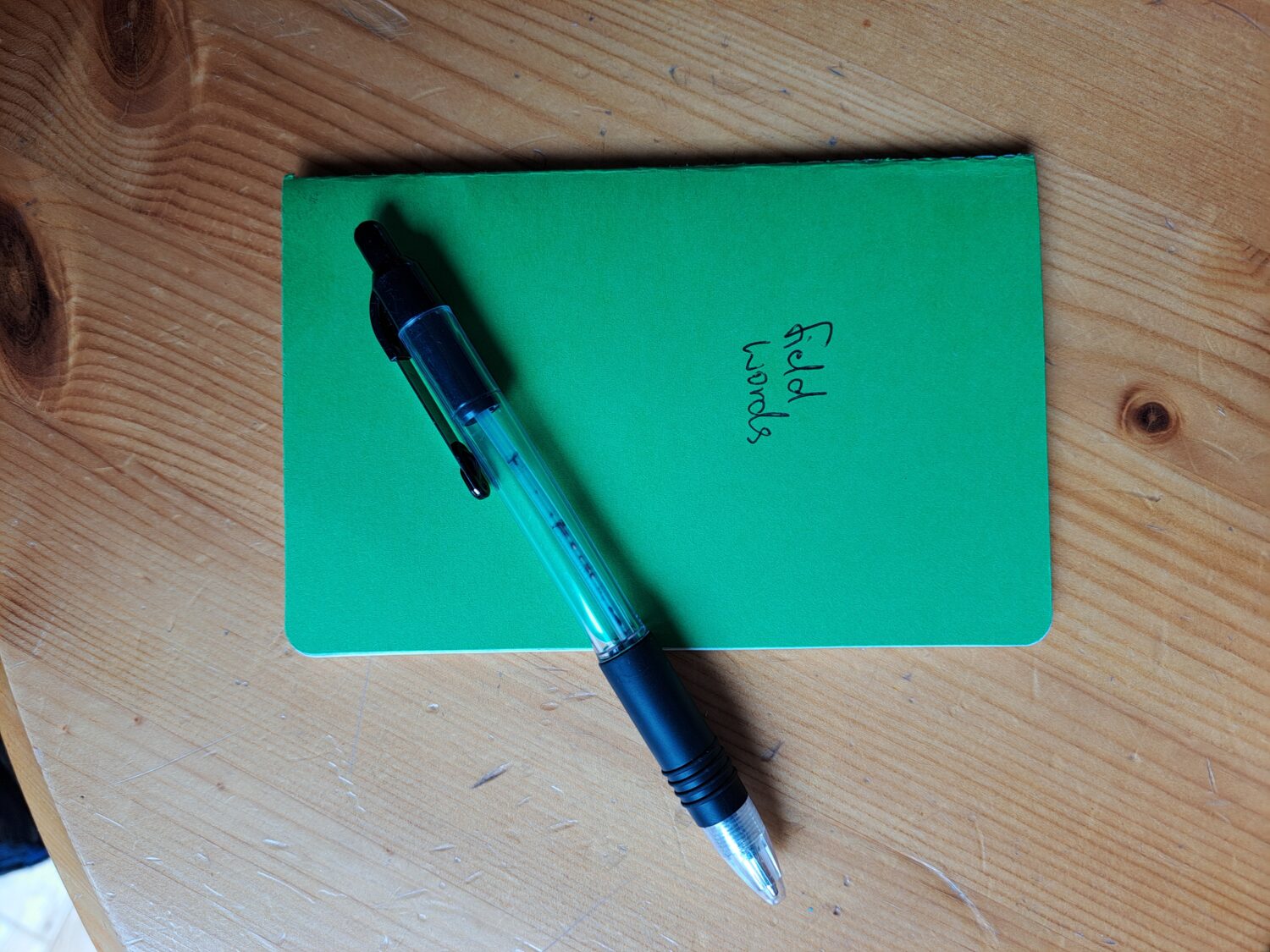
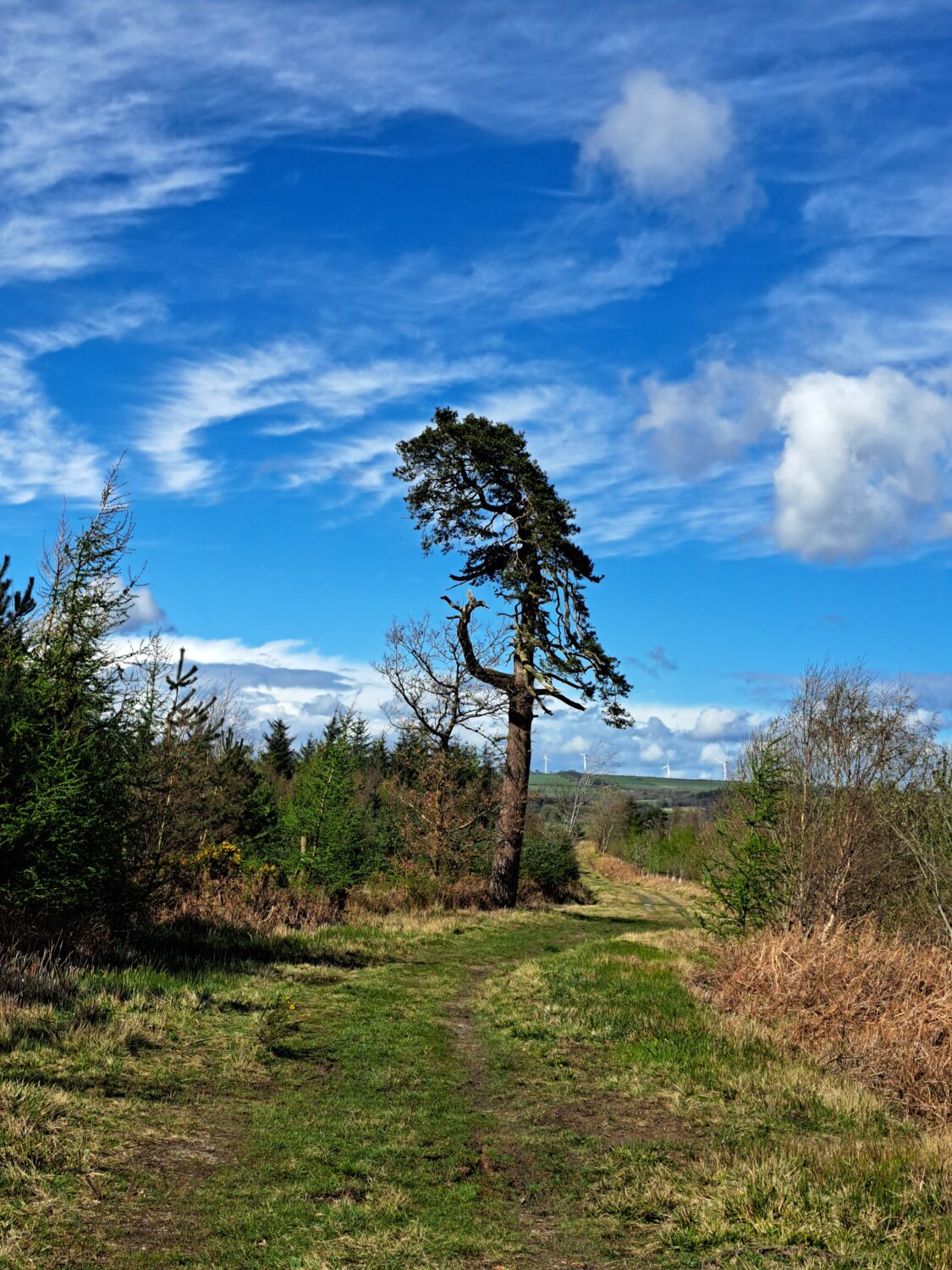
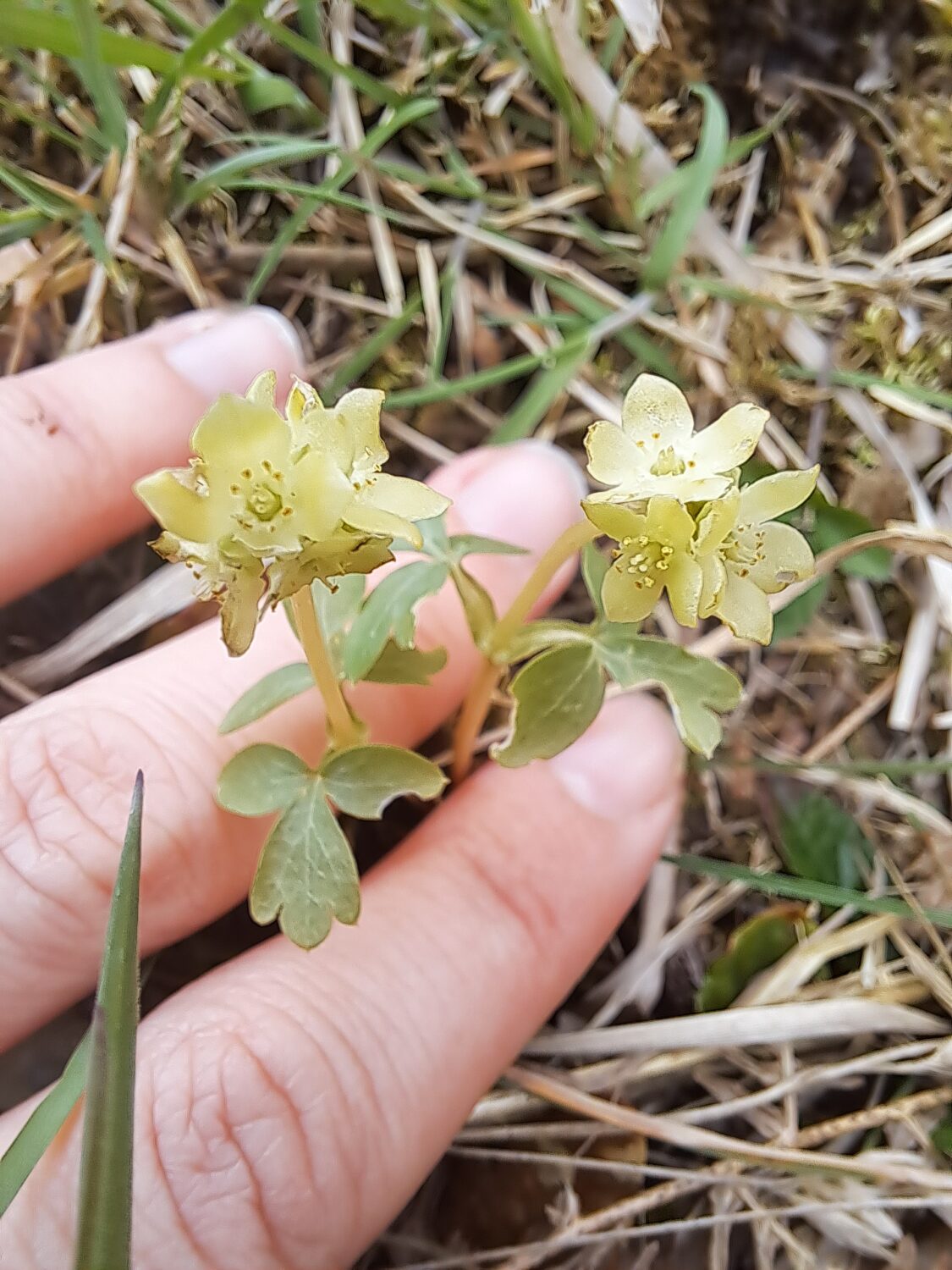
The wind had all but died away and the sun was beating down as we reached the end of our walk. A horse and rider came up the bridle path; we tucked our nets behind our backs so the flapping white material wouldn’t spook the animal.
On the minibus back to the museum, I played with the empty glass tube in my pocket like a fidget toy, clicking and unclicking the plastic lid. In two weeks the path we’d walked would be busy with male worker bees and dog walkers and swallows and butterflies, and the female bumblebees would be getting everything sorted in their last few days, before curling up forever under the summer sun. We crossed all the same rivers on the way home. When we got back to the museum it was chucking it down.
